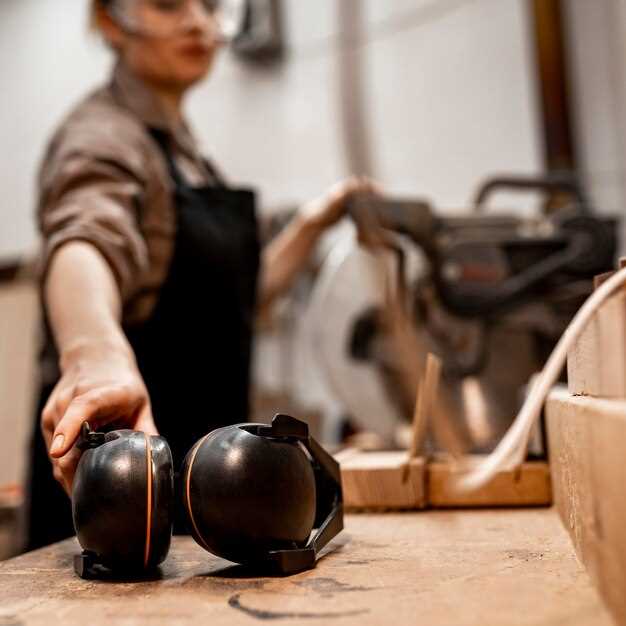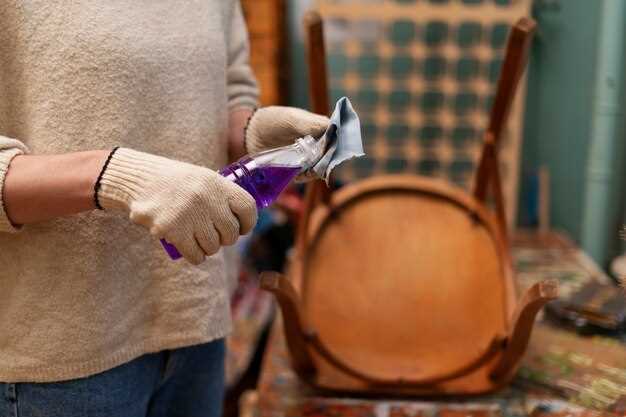
Concours-level restoration represents the pinnacle of automotive craftsmanship, focusing on the precise recreation of a vehicle’s original state. This process is not merely about restoring function; it is an art form that seeks to achieve aesthetic perfection and authenticity. Every element of the vehicle is meticulously scrutinized, ensuring that every detail aligns with the factory specifications and historical accuracy.
At the heart of concours restoration is the commitment to originality. Restorers must source period-correct parts, materials, and finishes to honor the vehicle’s heritage. This often involves extensive research and networking within specialized communities to locate authentic components. The use of original tools and techniques can further enhance the vehicle’s authenticity, offering a deeper connection to its past.
Another crucial aspect entails understanding the vehicle’s provenance. Documenting the car’s history not only validates its authenticity but also adds to its value. This includes gathering service records, ownership history, and any awards the vehicle may have previously received. Such documentation is essential for demonstrating the thoroughness of the restoration process and the vehicle’s significance in automotive history.
The restoration itself encompasses a wide array of processes that include bodywork, mechanical rebuilding, and detailing. Each phase demands extraordinary attention to detail, where even the smallest imperfections can detract from the overall presentation. Secondary elements like interior restoration and proper paint application are vital in achieving that concours-winning shine. The result of these efforts is a vehicle that not only runs smoothly but also captivates judges and enthusiasts alike during prestigious automotive events.
Understanding Authenticity Standards in Concours Restoration

In the realm of concours-level restoration, authenticity plays a vital role in ensuring that vehicles are judged not only on their aesthetics but also on their adherence to original specifications. Collectors and restorers strive to meet stringent authenticity standards set by various organizations and judges. Here’s an overview of what these standards entail and why they matter.
- Original Parts: One of the primary benchmarks for authenticity is the use of original parts. Restorers are encouraged to source components that were used during the vehicle’s production period. This includes:
- Engine components
- Body panels
- Interiors and upholstery
- Electrical systems
- Manufacturing Specifications: Adhering to the original manufacturing specifications is crucial. This involves:
- Matching the correct color codes
- Following specific assembly techniques
- Incorporating factory-grade finishes
- Documentation: Comprehensive documentation is essential for validating a vehicle’s authenticity. Restorers should maintain:
- Original purchase receipts
- Service history records
- Certification from recognized experts
- Provenance: The history of the vehicle significantly impacts its perceived authenticity. Key aspects include:
- Previous ownership records
- Participation in significant events
- Unique characteristics that reflect its heritage
To successfully achieve concours-level authenticity, restorers must balance meticulous attention to detail with a deep understanding of the vehicle’s historical context. This commitment not only enhances the vehicle’s value but also preserves automotive history for future generations. Understanding authenticity standards is therefore not just a guideline but a fundamental principle of concours restoration.
Critical Techniques for Metalworking and Finishing in Restoration

Metalworking and finishing are essential components of concours-level restoration, emphasizing precision and adherence to original specifications. One of the foremost techniques in this domain is metal fabrication, which involves cutting, shaping, and assembling metal parts to match the original components. This process can include welding, which is crucial for joining metal pieces reliably while ensuring structural integrity.
Another important technique is machining, which allows restorers to achieve exact dimensions and tolerances required for mechanical parts. Using CNC (Computer Numerical Control) machines ensures high accuracy, enabling restorers to replicate complex shapes and designs found in vintage vehicles. This ensures compatibility with original hardware and enhances overall performance.
Restoration also requires an understanding of surface finishing techniques. These techniques range from sandblasting to achieve a clean, uniformly textured surface, to polishing for a high-gloss finish that resembles factory conditions. Each technique has its application, depending on the desired outcome and the specific metal properties being worked with.
When dealing with corrosion, advanced techniques such as chemical stripping or electrolytic rust removal are utilized. These methods preserve the integrity of the underlying metal while effectively removing paint or rust. Post-treatment, the application of protective coatings is vital, as it significantly prolongs the life of restored parts and keeps them looking pristine.
Repairing damaged metal components may involve techniques such as metal filling or lead loading, especially in historical restorations where original materials and methods need to be preserved as much as possible. These methods require skill and an eye for detail to ensure seamless integration with the existing metal.
Finally, maintaining the right finishing touches is critical. Techniques such as anodizing or plating not only enhance aesthetic appeal but also improve resistance to wear and corrosion. Understanding the nuances of different finishes can help restorers achieve authenticity while ensuring longevity.
In summary, mastering these critical metalworking and finishing techniques is paramount for achieving concours-level restoration quality, ensuring not only visual appeal but also the functionality and reliability of restored items.
Evaluating Period-Correct Components for Your Restoration Project
When undertaking a concours-level restoration, the selection of period-correct components is crucial for authenticity and overall success. To effectively evaluate these components, begin by establishing a thorough understanding of the specific era your vehicle represents. Research original factory specifications, production numbers, and detailed part listings to create a benchmark for your project.
Next, assess the sourcing options available for period-correct components. Authenticity often hinges on using parts that are contemporaneous with the vehicle’s production year. Explore specialized suppliers, vintage parts dealers, and online marketplaces. Keep an eye out for parts that carry original packaging or documentation, as these can verify authenticity.
Evaluate the condition and quality of potential components meticulously. A restoration should strive for excellence, so prioritize parts that are not only correct but also in excellent condition. Scrutinize for signs of wear, repairs, or modifications that could detract from the vehicle’s historical accuracy. When necessary, consult experts or restorers with experience in your specific vehicle marque to determine the part’s validity.
Consider the finish and materials used in the components; they should match those utilized during the original manufacturing process. This includes aspects like paint color, metal types, and other materials that reflect the craftsmanship of the era. Period-correct refinishing techniques, such as hand-applied finishes and specific plating processes, may also be important to emphasize the authenticity of the restoration.
Lastly, always maintain detailed records of the components selected for installation. Documenting their provenance and details about alterations will assist in preserving the vehicle’s history and value. By carefully evaluating period-correct components, you ensure a restoration that not only meets aesthetic standards but also honors the vehicle’s legacy.

